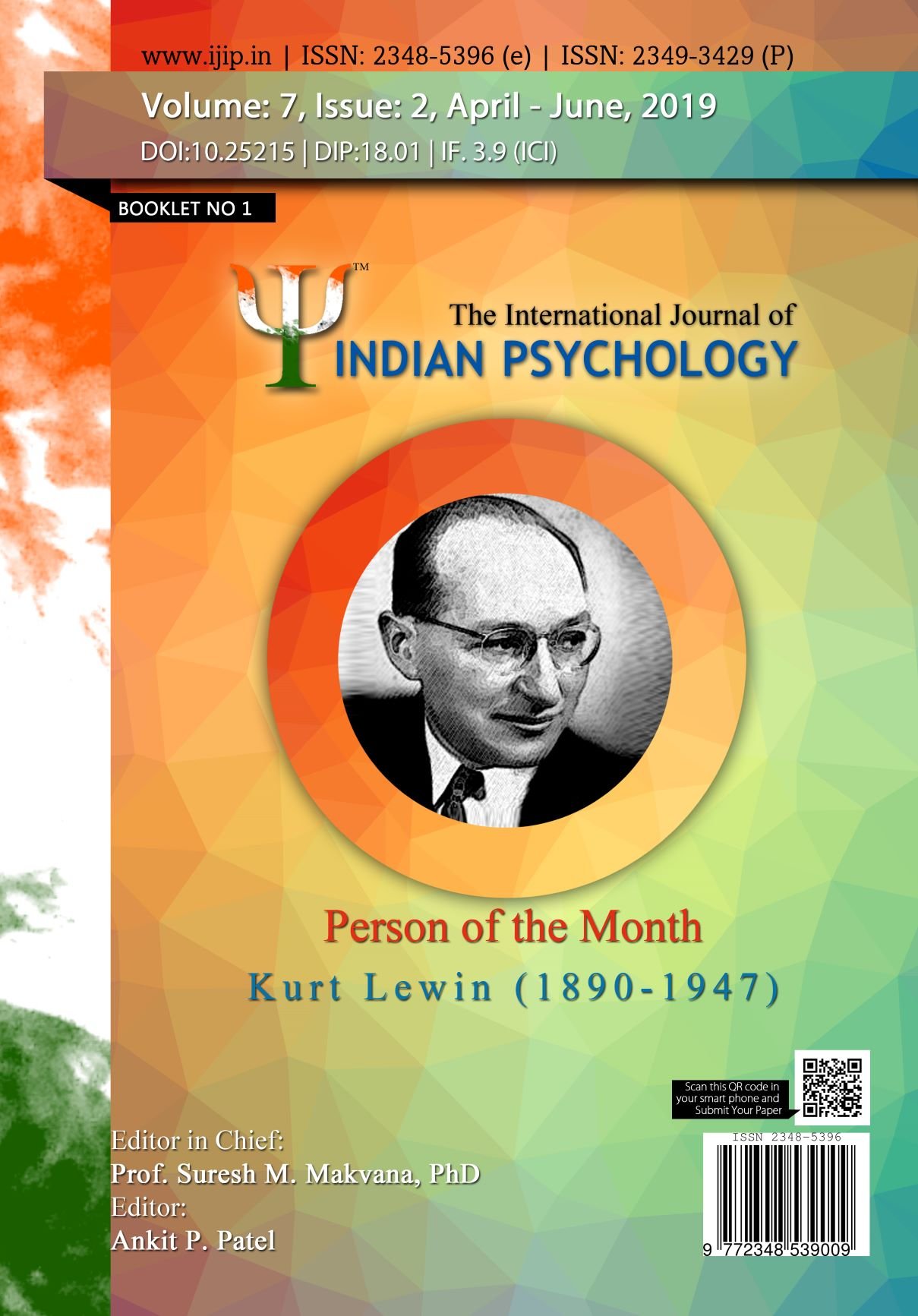Relationship between Self-Esteem and Ink Body Art
DOI:
https://doi.org/%2010.25215/0702.093Keywords:
Self-Esteem, Ink Body Art, State Self-Esteem, Global Self-EsteemAbstract
The present exploratory study attempted to understand the relationship between self- esteem and ink body art. The sample for the study was selected using purposive sampling; consisting of two groups of participants: with ink body art (N=30), and with no ink body art (N=30); with the age range of 18 to 30 years. The participants’ global self-esteem was assessed using Rosenberg’s Self Esteem Scale developed by Morris Rosenberg (1965); and the state self-esteem was assessed using The State Self-Esteem Scale developed by Heatherton and Polivy (1991) which measured 3 components of self-esteem: Performance, Social, and Appearance. To further analyze the perception of the participants towards ink body art, an open ended questionnaire made of 3 questions asking the participants about their perception of tattoos, whether they think that tattoos enhance self-esteem; and regarding getting more tattoos. For data analysis, mean, SD, percentages and t-test were used. The findings of the study suggested that there is no significant difference in the global self-esteem of the participants with ink body art, and without ink body art. However, an individual’s state self-esteem is temporarily enhanced by getting ink body art as suggested by the results on the State Self-Esteem Scale of the participants with ink body art, and without ink body art. These results are significant to the contemporary prevalence of tattoos in socioeconomically developed societies.Metrics
No metrics found.
Published
2022-11-05
How to Cite
Ritika Singh, & Dr. Sangeeta Arya Tanwar. (2022). Relationship between Self-Esteem and Ink Body Art. International Journal of Indian Psychȯlogy, 7(2). https://doi.org/ 10.25215/0702.093
Issue
Section
Articles


